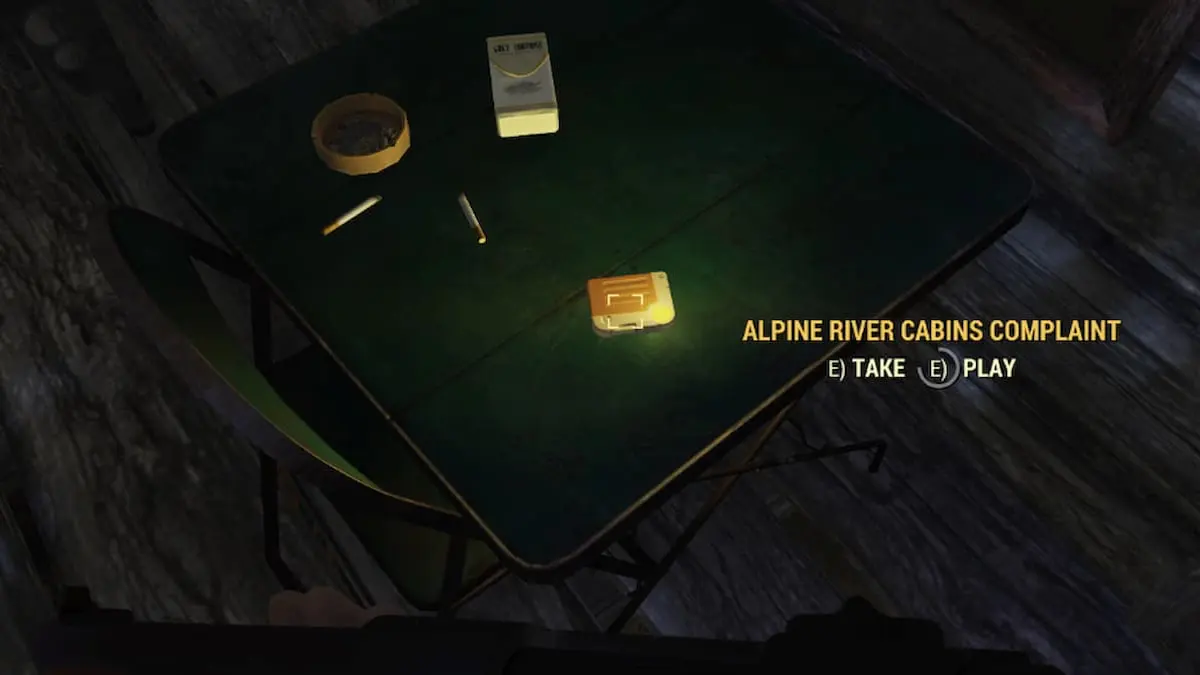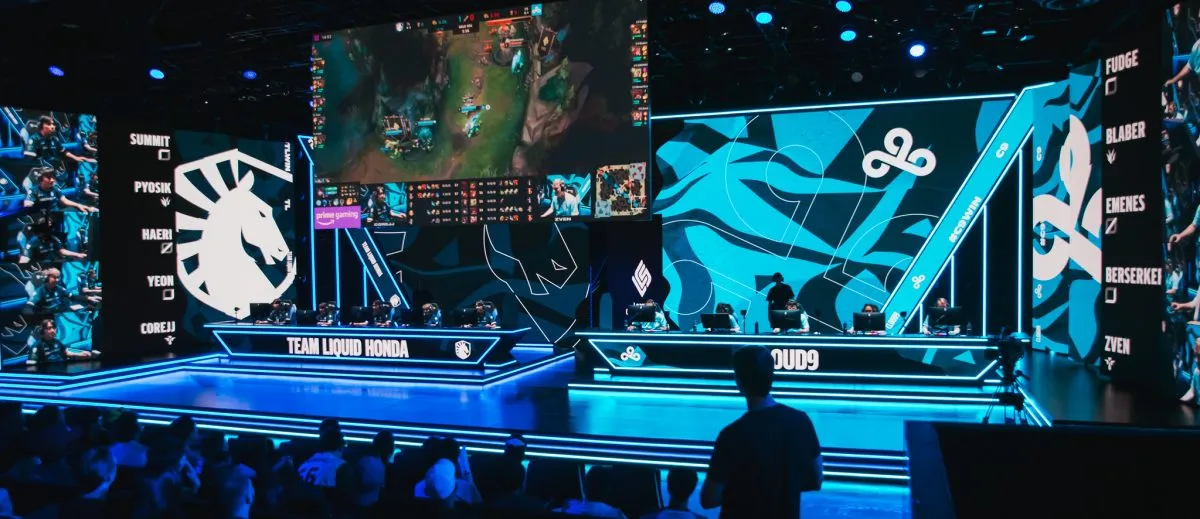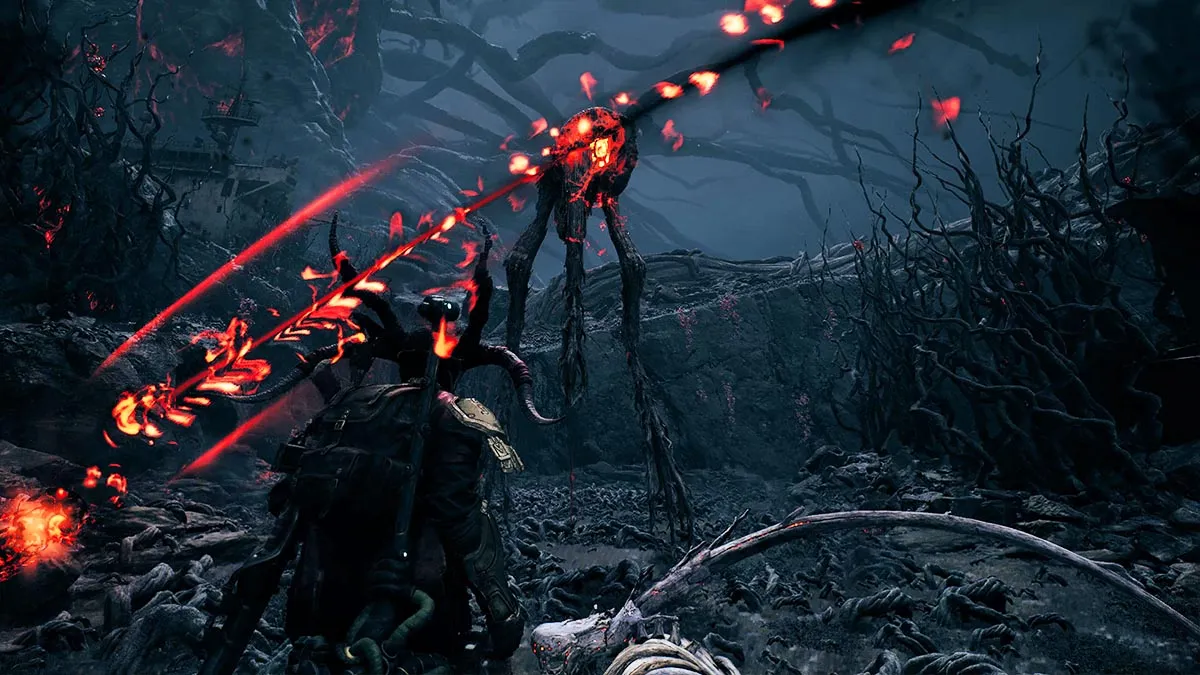There\u2019s a certain kind of game design that Nintendo does better than anyone else. The kind that takes you on a curated journey of discovery that unfolds at a pitch-perfect pace, rewarding boldness and curiosity at every turn. The kind that you\u2019ll find in some<\/em> parts of Paper Mario: The Thousand-Year Door<\/em>\u2014but not in others.<\/p>
You know what I\u2019m talking about, right? The first few hours of every Nintendo game are packed with features that you can\u2019t use\u2026 yet<\/em>. Some you consciously notice, some you don\u2019t. But they\u2019re all there, piquing your curiosity and making each discovery further down the line all the more rewarding.<\/p>
The very best Nintendo games expand and progress at a masterfully crafted pace, delivering each new revelation and the new layer of gameplay that comes with it at the exact moment you need it most. There\u2019s always some confusion and frustration along the way, but those are necessary ingredients in Nintendo\u2019s tried-and-tested formula for delivering wall-to-wall joy. Paper Mario: The Thousand-Year Door<\/em> is at its best when it sticks to this approach, but there are times when it wanders all too far from it.<\/p>






